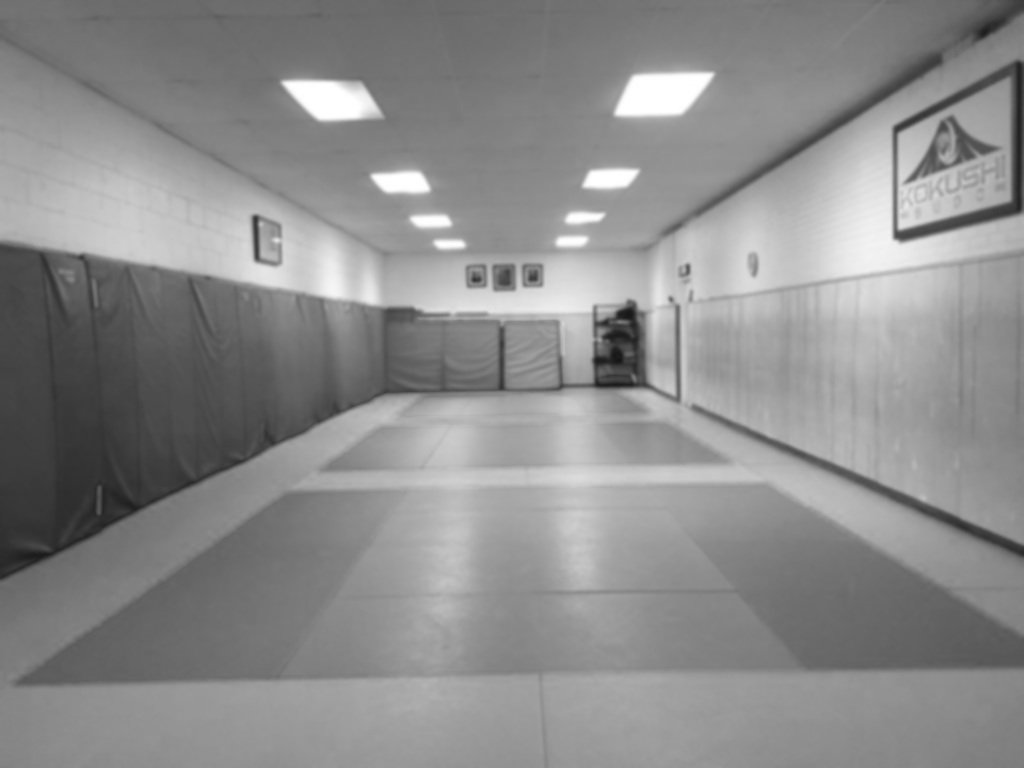Similar to what Kano Sensei did for judo, Funakoshi Sensei did for Karate. He formalized karate into a system of techniques and forms. He created Shotokan karate, which continues to be one of the most practiced styles of karate in the world today.
Since Funakoshi, karate has spread into many different styles with each sharing similar skills and knowledge. As our school founder, Nobuyoshi Higashi says, “the basic principle of karate is the same everywhere. You may practice any style of karate, and if you train hard, you will be performing karate in the best tradition of the art.”





